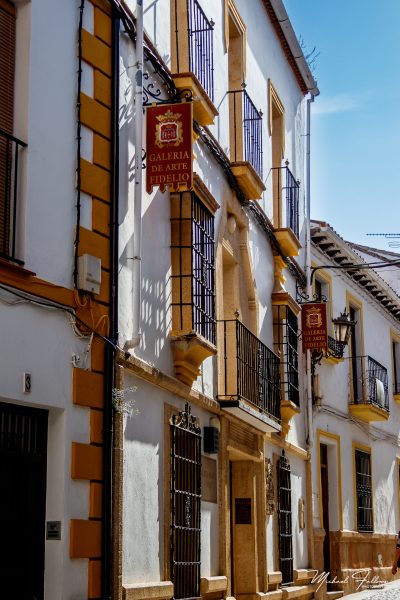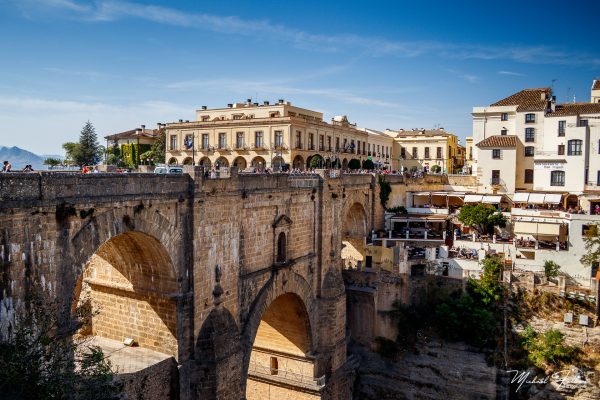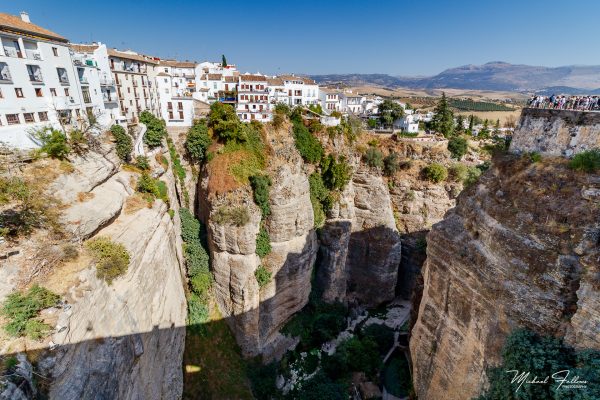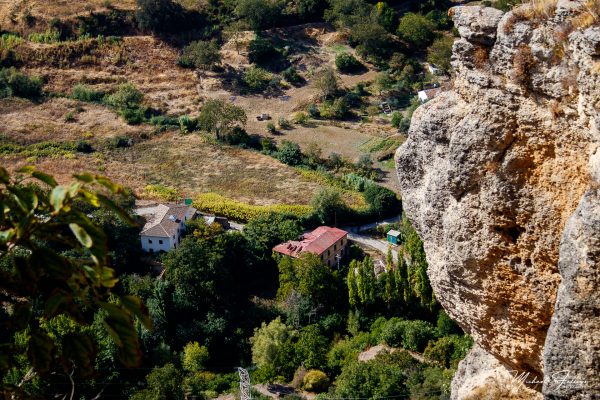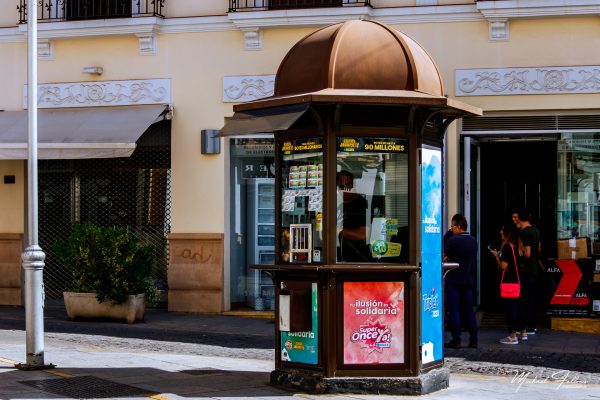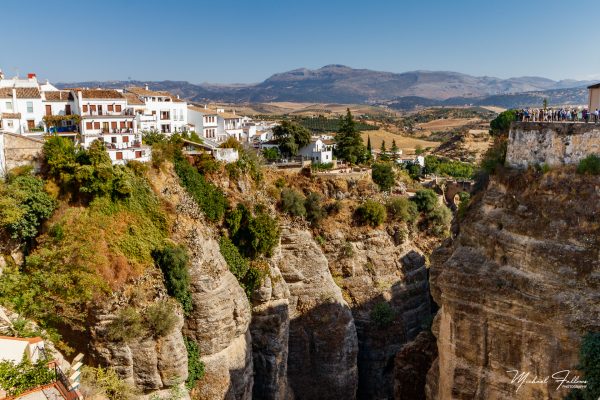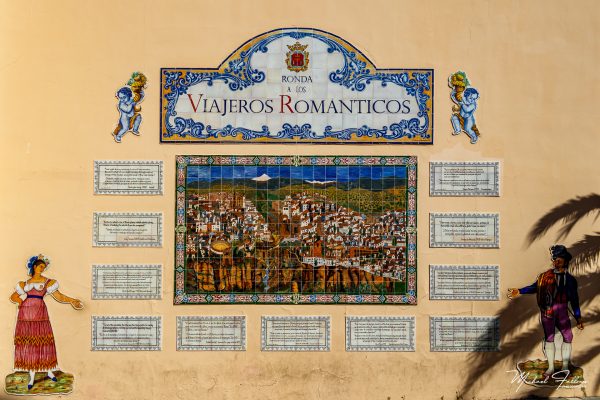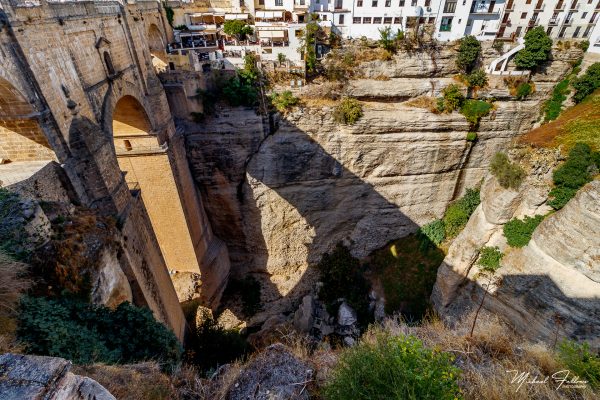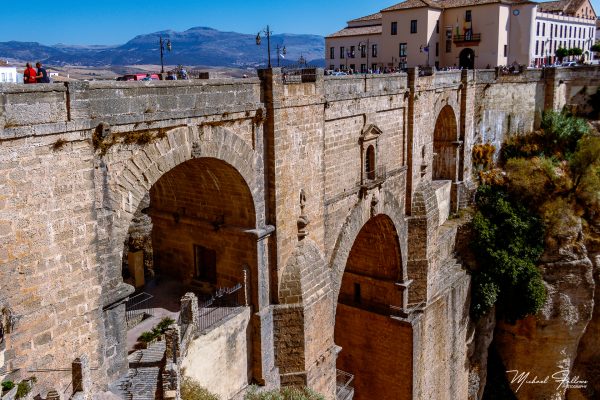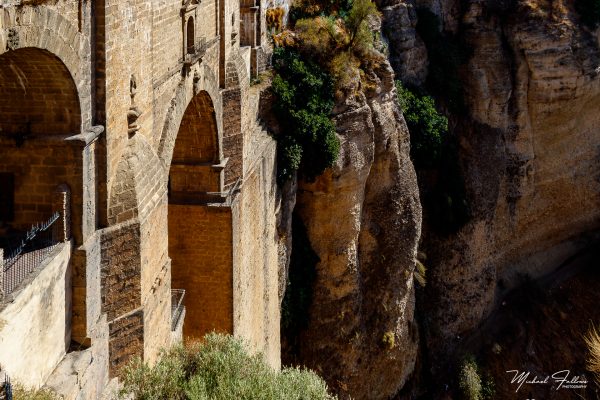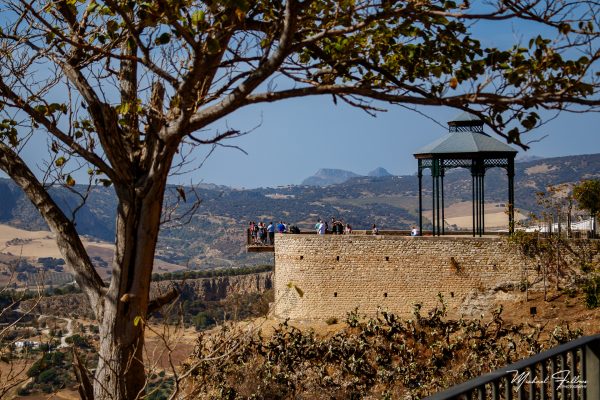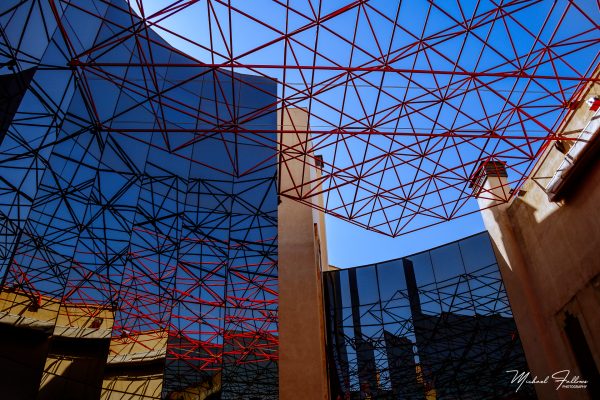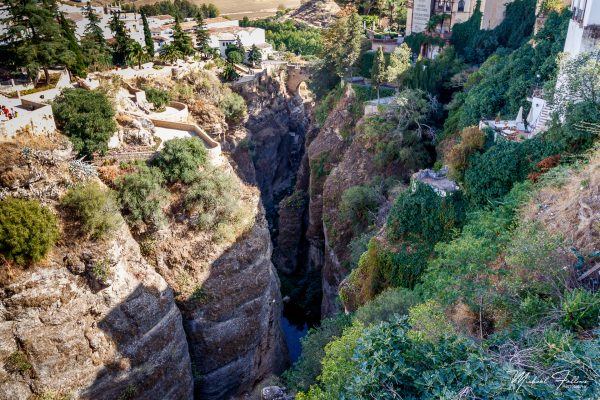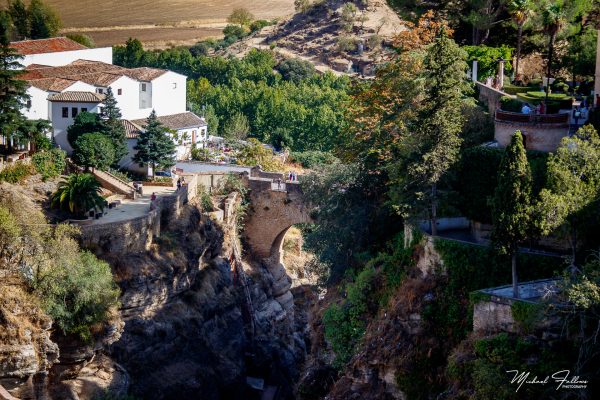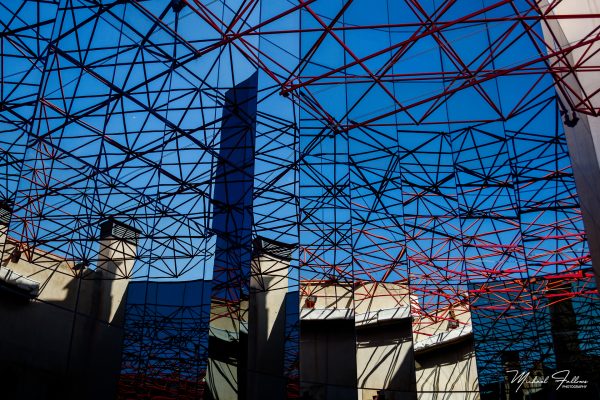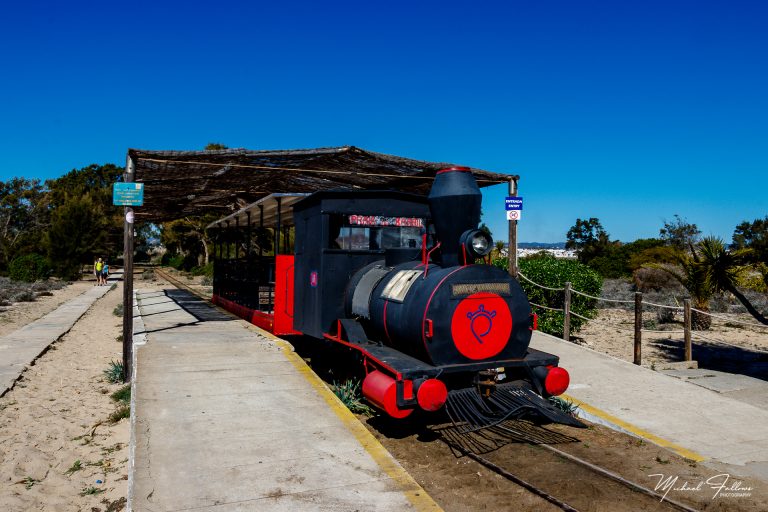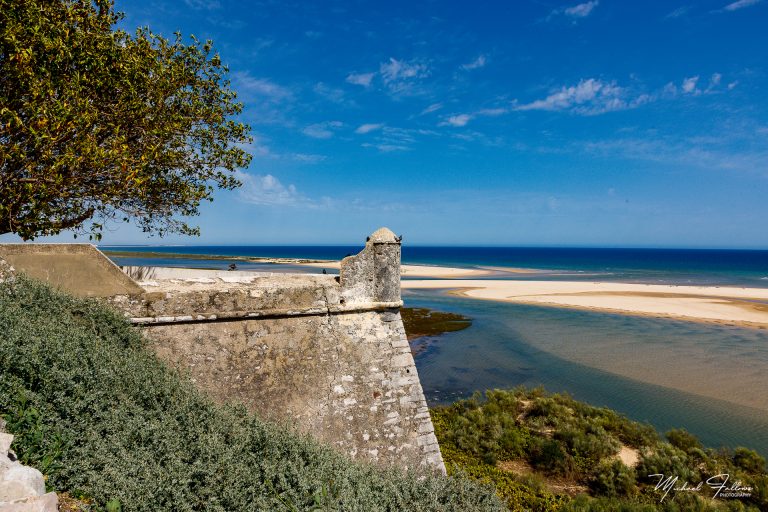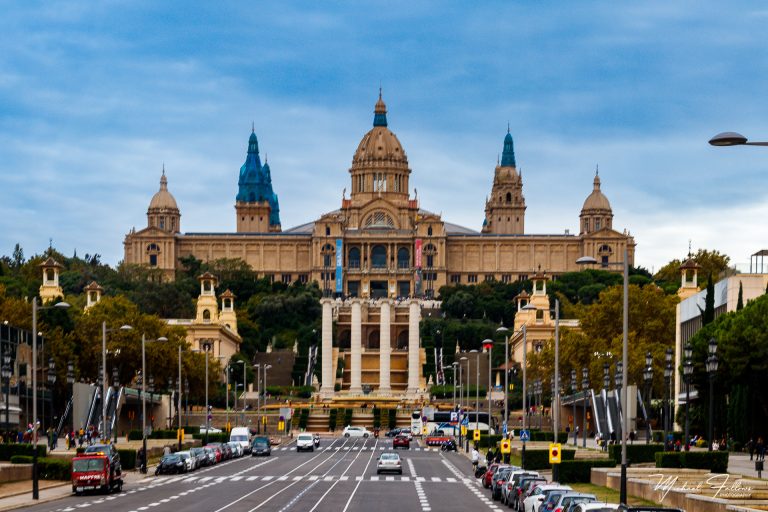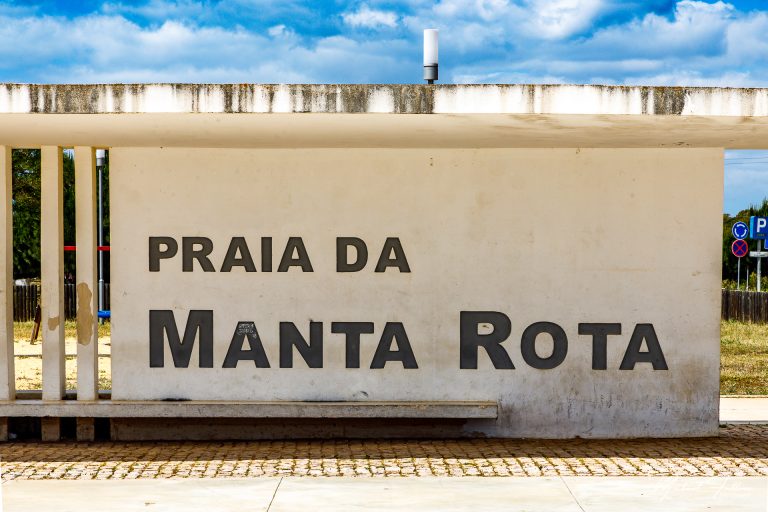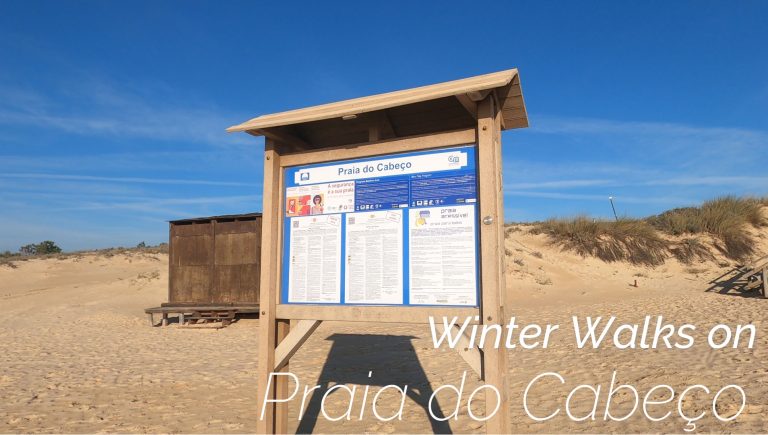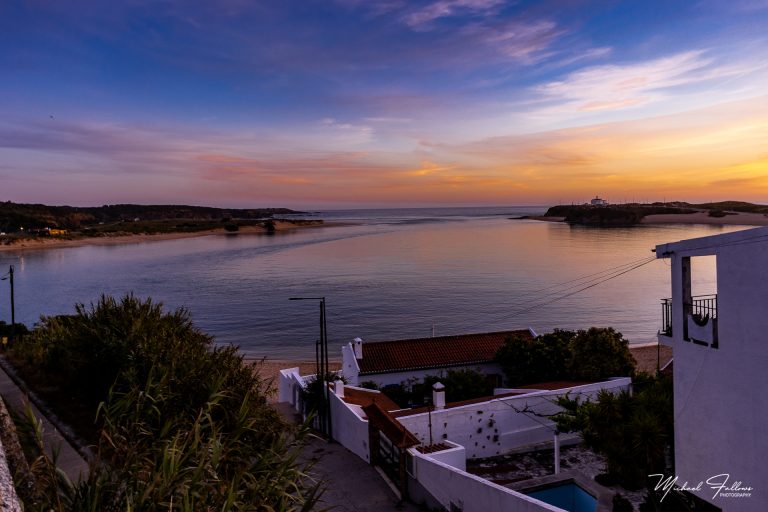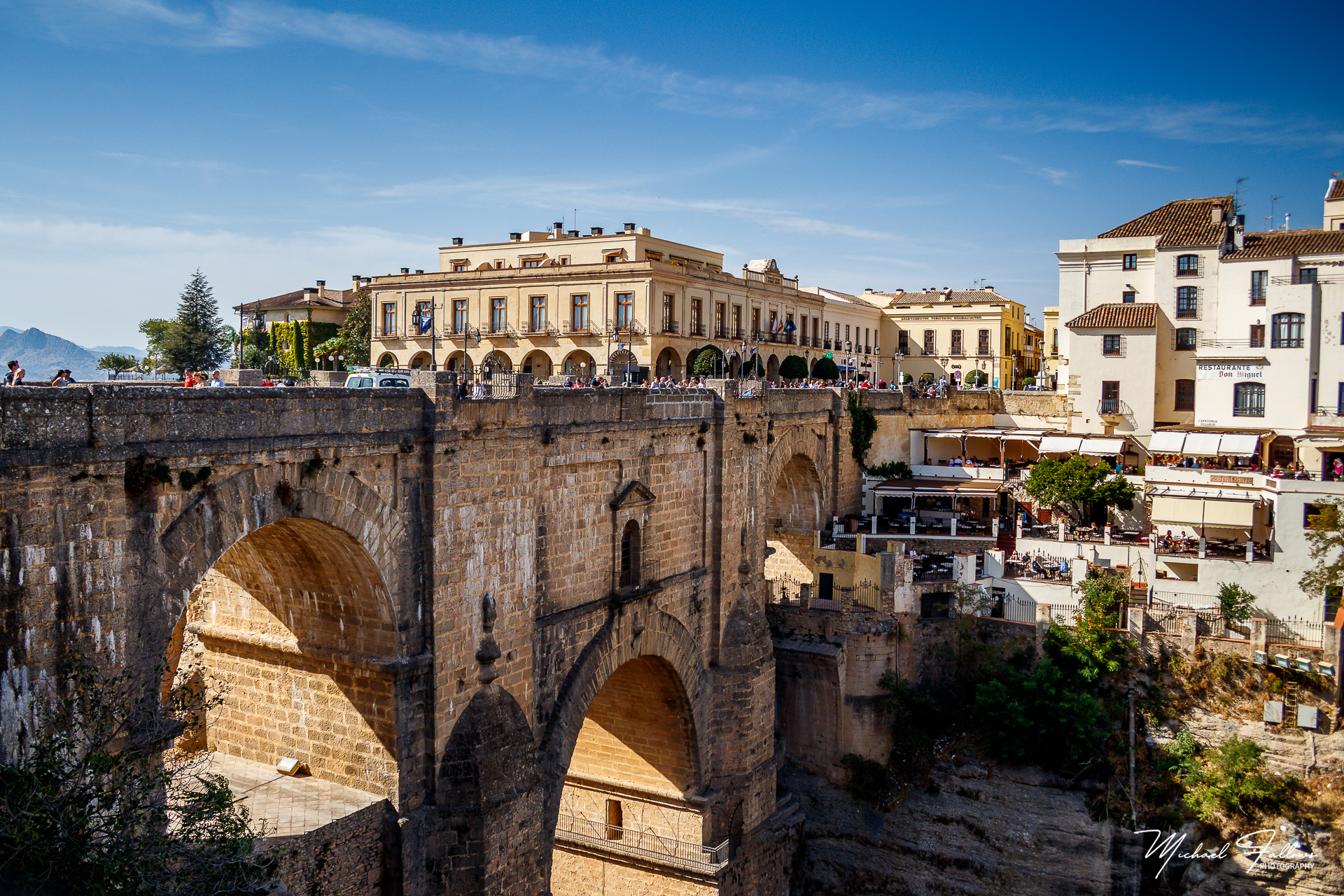
Ronda: Spain’s Dramatic Cliffside Village
Perched dramatically atop a deep gorge in the heart of Andalusia, Ronda is a village that captivates with its breathtaking views, rich history, and vibrant culture. Known for its whitewashed buildings clinging to the edge of the El Tajo gorge and its iconic bridge, Ronda is a place where natural beauty and historical intrigue blend seamlessly. This enchanting village offers travellers an unforgettable experience, from its ancient Moorish roots to its modern-day charm.
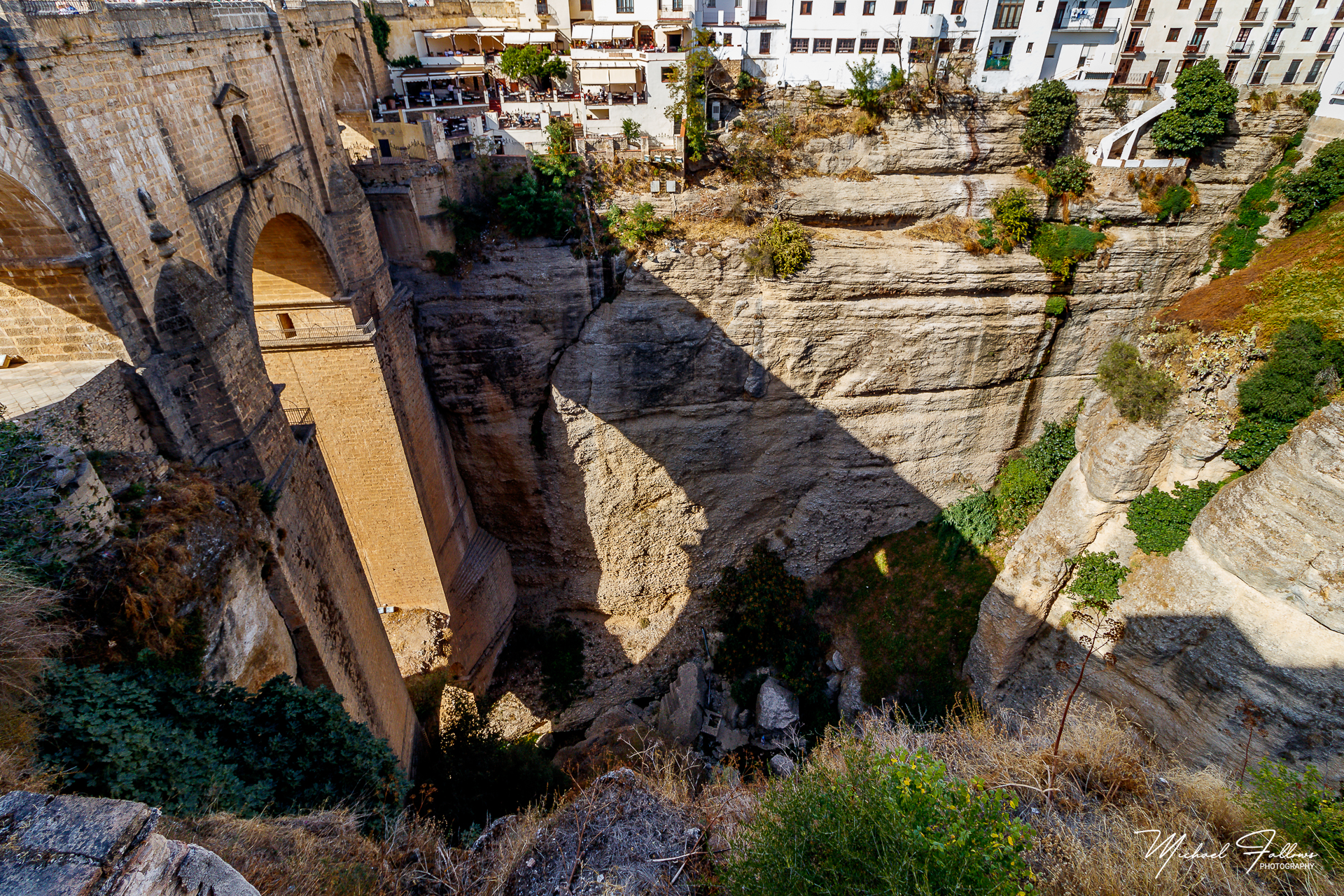
A Glimpse into History
Ronda’s history is as dramatic as its landscape. The village’s origins date back to the Neolithic Age, with archaeological evidence of early human settlements. However, it was the Romans who first established Ronda as a significant settlement, building the town of Acinipo nearby, which thrived as a centre for wine production. Visitors can still explore the ruins of Acinipo, including its remarkably well-preserved Roman theatre.
The Moors left an indelible mark on Ronda during their rule from the 8th to the 15th centuries. They fortified the town, built the iconic Arab Baths, and established Ronda as an important cultural and economic hub. The Reconquista in 1485 saw the Christian forces reclaim Ronda, leading to significant changes in the town’s architecture and culture. Today, Ronda is a captivating blend of its Roman, Moorish, and Christian heritage.
Exploring Ronda
Puente Nuevo: The most iconic symbol of Ronda is the Puente Nuevo, or New Bridge, which spans the dizzying El Tajo gorge. Completed in 1793, this architectural marvel took over 40 years to build and stands 120 meters above the Guadalevín River. The bridge connects the old Moorish town with the newer, modern part of Ronda and offers stunning views of the gorge and the surrounding countryside. A visit to the bridge’s viewing platform, known as the Mirador de Aldehuela, provides an unforgettable panorama that captures the essence of Ronda’s dramatic beauty.
Old Town (La Ciudad): Wandering through the narrow, winding streets of Ronda’s old town is like stepping back in time. The area is home to several historic buildings, including the Mondragón Palace, a 14th-century Moorish palace that now houses the Ronda Museum. The palace’s intricate Mudejar architecture and beautifully landscaped gardens offer a glimpse into the town’s Moorish past.
Plaza de Toros: Ronda’s Plaza de Toros is one of the oldest and most picturesque bullrings in Spain. Built in 1785, this historic bullring is renowned for its stunning neoclassical architecture and its significance in the history of Spanish bullfighting. Visitors can explore the Bullfighting Museum, which showcases the art and history of this controversial tradition, and even step into the arena where legendary matadors once faced the bulls.
Arab Baths: The well-preserved Arab Baths, or Baños Árabes, are a testament to Ronda’s Moorish heritage. Dating back to the 13th century, these baths were used for both social and religious purposes. The intricate brickwork and the star-shaped skylights in the vaulted ceilings create a serene and mystical atmosphere, transporting visitors to a bygone era.
Alameda del Tajo: For a leisurely stroll, the Alameda del Tajo is a beautiful park that offers shaded pathways, manicured gardens, and stunning viewpoints over the gorge. The park’s serene ambiance and breathtaking vistas make it a perfect spot for relaxation and contemplation.
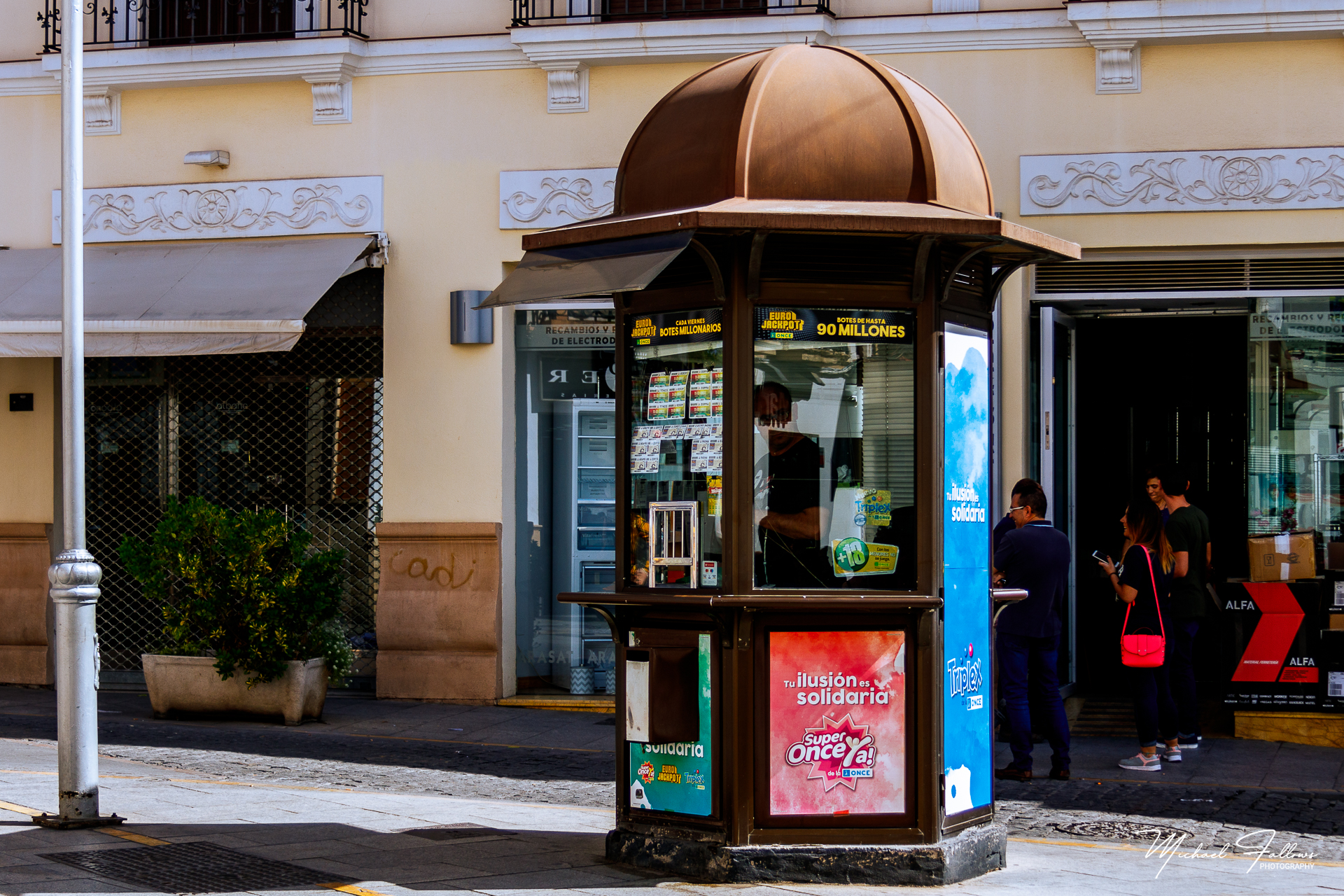
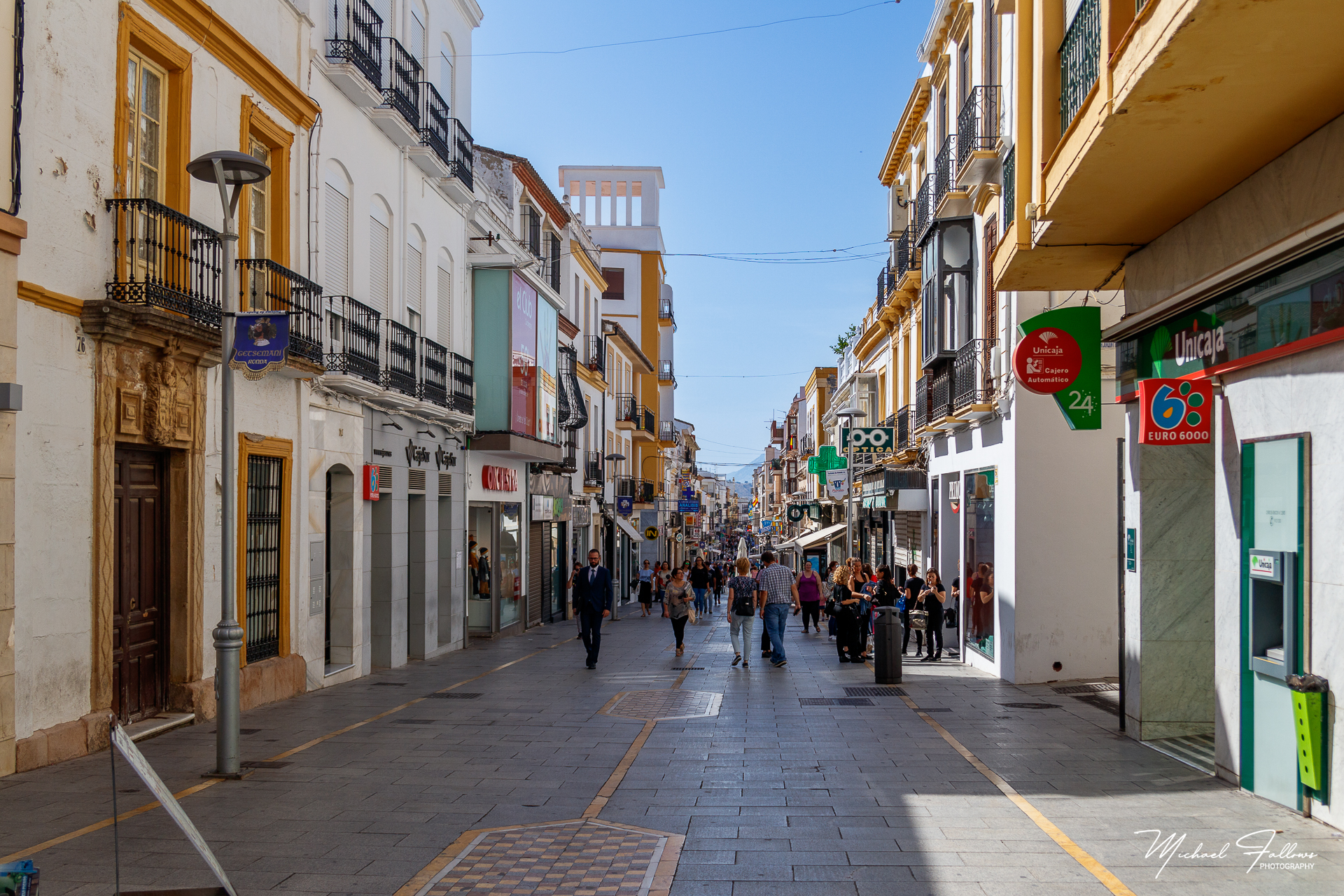
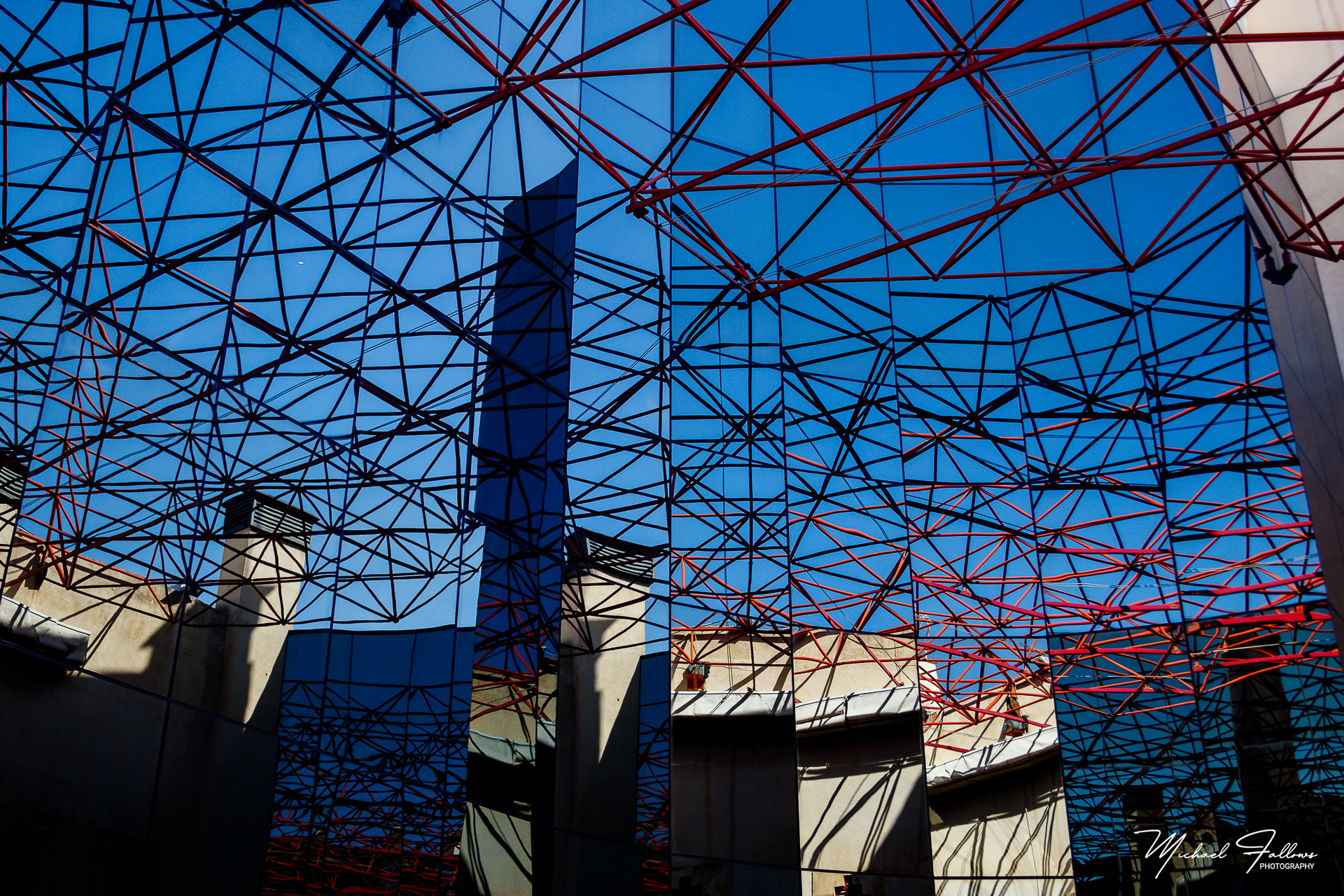
Cultural and Culinary Delights
Ronda’s cultural scene is vibrant and diverse, with numerous festivals, museums, and theatres that celebrate the town’s artistic heritage. The annual Feria de Pedro Romero, held in September, is one of the most important festivals in Ronda, featuring traditional music, dance, and bullfighting events that honour the legendary matador Pedro Romero.
Local Cuisine: Ronda’s culinary offerings are a delightful reflection of Andalusian flavours. Local specialties include rabo de toro (oxtail stew), migas (fried breadcrumbs with chorizo and garlic), and a variety of tapas that showcase the region’s rich culinary heritage. The village is also known for its excellent wines, with several wineries in the surrounding countryside offering tours and tastings.
Puerta Grande: For an authentic dining experience, head to Puerta Grande, a renowned restaurant in Ronda’s old town. Here, you can savour traditional Andalusian dishes made from locally sourced ingredients, accompanied by a fine selection of regional wines.
Outdoor Activities and Day Trips
Ronda’s stunning natural surroundings offer ample opportunities for outdoor enthusiasts. The Sierra de las Nieves Natural Park, located nearby, is a haven for hikers and nature lovers, with its rugged mountains, lush forests, and diverse wildlife. The park’s numerous trails cater to all levels of hikers, from leisurely walks to challenging treks.
For those interested in exploring beyond Ronda, the picturesque villages of Setenil de las Bodegas and Grazalema are perfect day trip destinations. Setenil de las Bodegas is famous for its houses built into the rock, while Grazalema is known for its scenic beauty and traditional white-washed buildings.

Conclusion
Ronda is a village that captivates the imagination with its dramatic landscape, rich history, and vibrant culture. From the awe-inspiring Puente Nuevo and the ancient Arab Baths to the lively festivals and delicious local cuisine, every aspect of Ronda invites exploration and appreciation. Whether you’re wandering through its historic streets, savouring Andalusian delicacies, or soaking in the stunning views of the El Tajo gorge, Ronda promises an unforgettable journey into the heart of Spain’s cultural and natural heritage. For travellers seeking a unique and enchanting destination, Ronda is a treasure trove of experiences waiting to be discovered.

